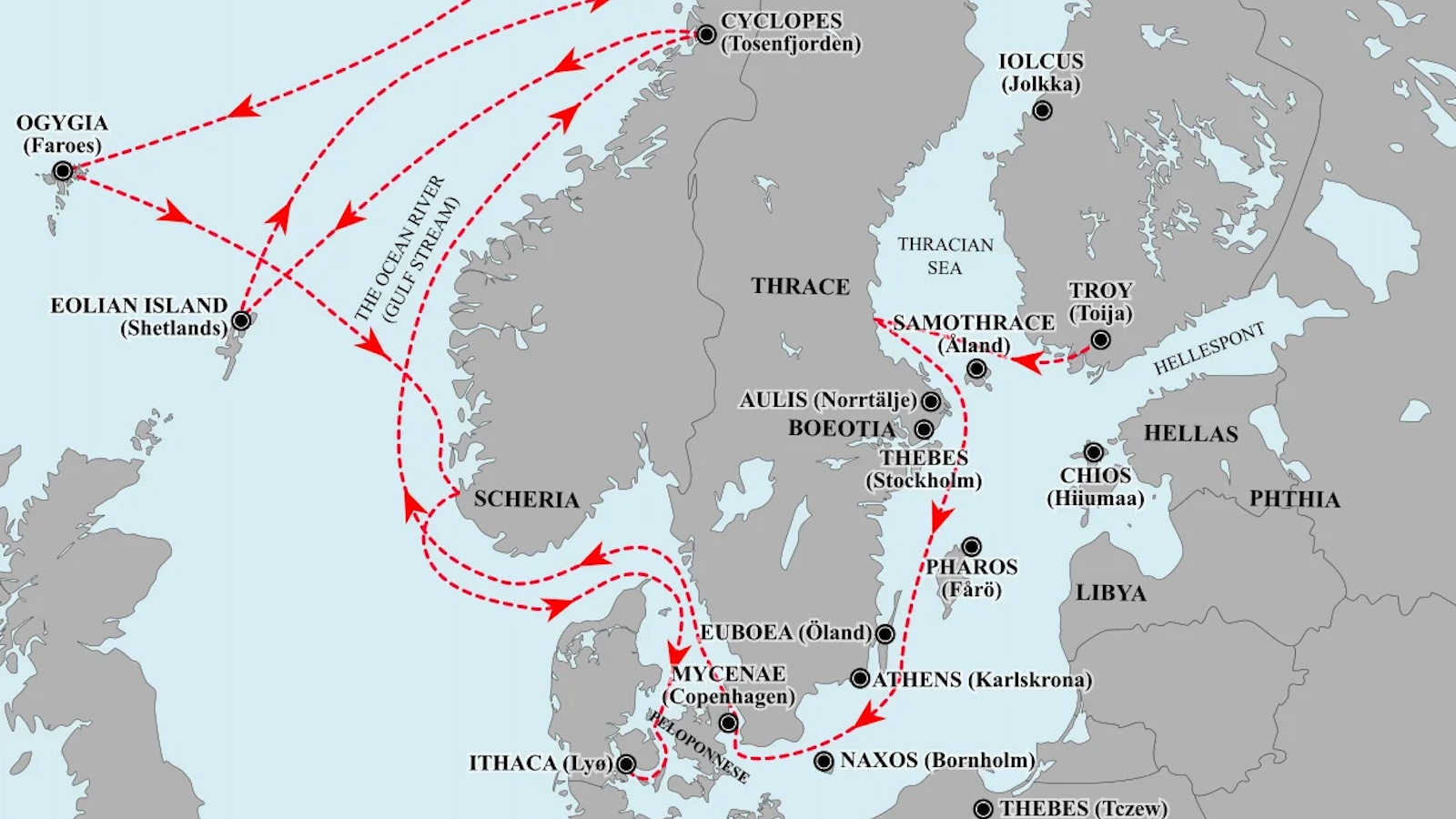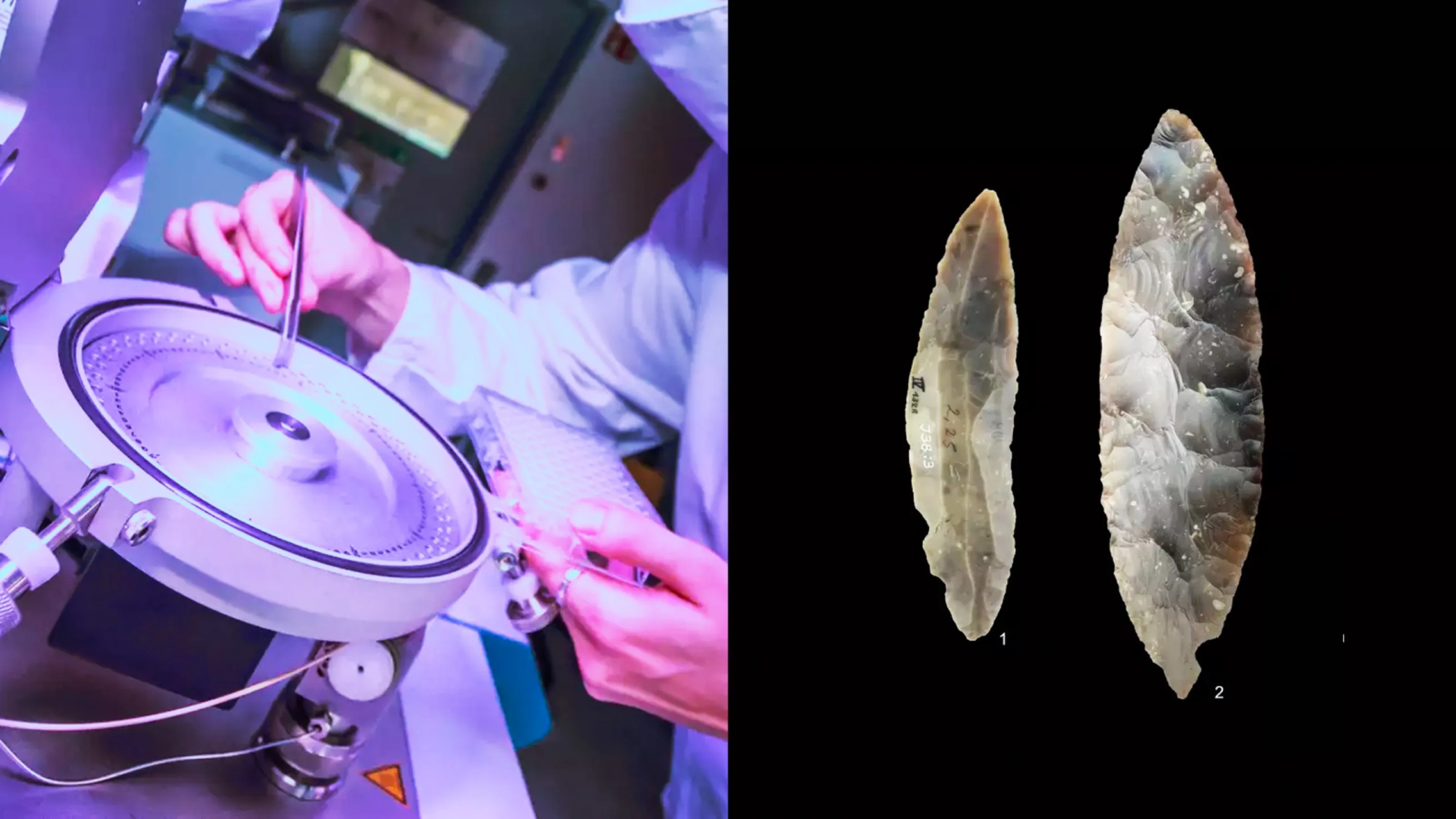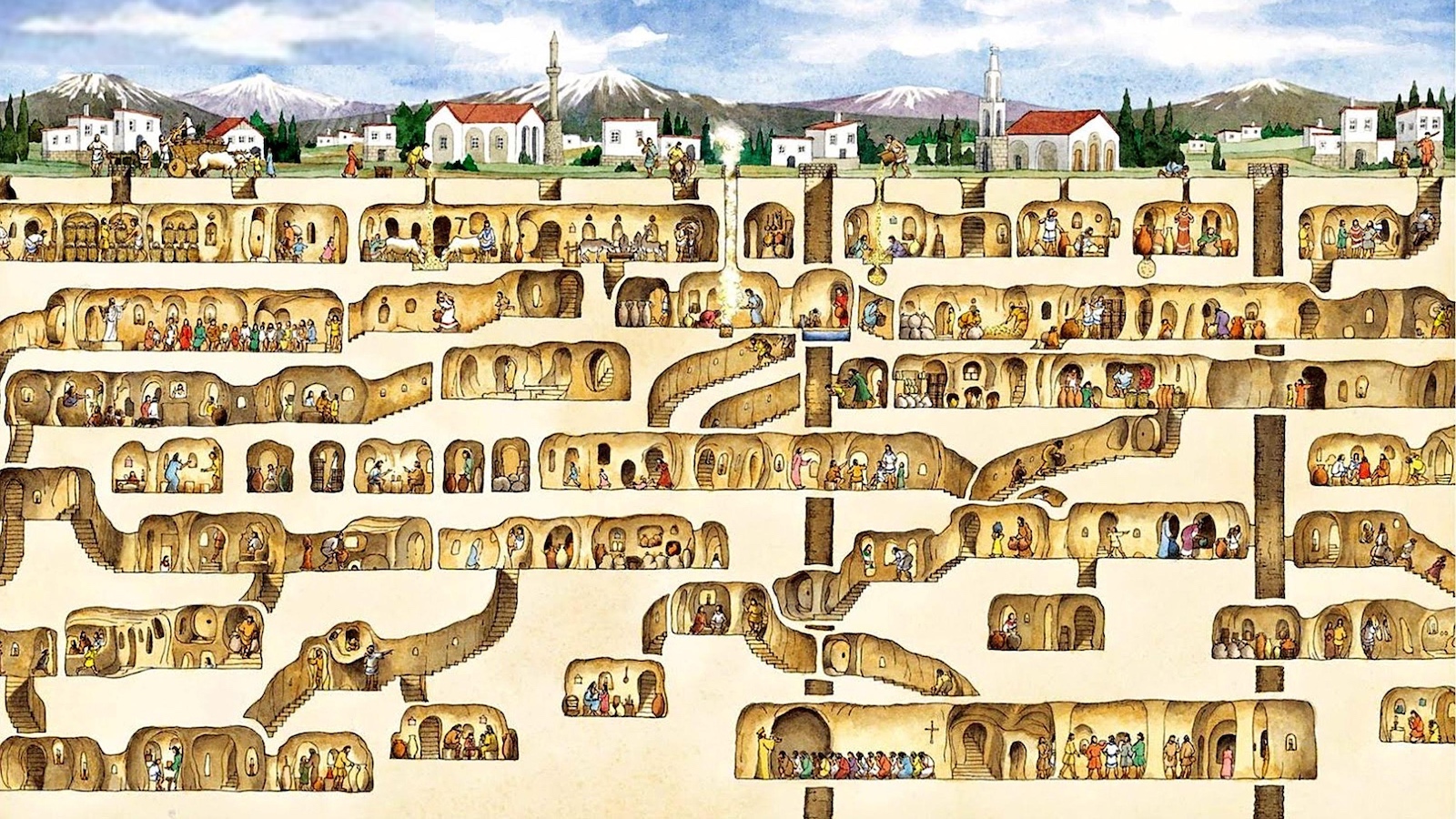Neanderthal Dental Plaque Reveals a Lot About Their Diet, Medical Practices, and Love Life

Though the care for and concern about teeth has a long history, the modern practice of dentistry has its roots in the 18th century, and quickly developed the century after that. No Neanderthal had a dental plan, and we should be thankful. That’s because a recent study of Neanderthal teeth gives us a glimpse of what life was like tens of thousands of years ago. The results, published in the journal Nature, give us unique insights into, as the authors put it, our “closed known, extinct hominin relatives.”
UK archaeologist Keith Dobney, at the University of Liverpool, and palaeomicrobiologist Laura Weyrich, at the University of Adelaide in Australia, co-led the study. They examined the plaque from jawbones taken from three separate Neanderthals who lived in Europe around 50,000 years ago.
Though we have some indications of how Neanderthals and our ancestors interacted, including interbreeding, we know very little about the Neanderthals themselves. Testing was performed on three specimens. One was found in Spy Cave in Belgium and the two in El Sidrón Cave in Spain. Researchers performed genetic testing on calcified plaque or calculus, found on the teeth. What they discovered was that Neanderthals were highly adaptable. Their diet varied considerably, depending upon where they lived.
The Belgian Neanderthal ate a meat-heavy diet, likened to that of polar bears and wolves. Researchers found traces of mouflon or wild sheep and wooly rhinoceros. Besides these animals, the bones of mammoths, reindeer, and horses were found inside the cave. This jives with previous research, which has shown that Neanderthals were highly carnivorous. However, it wasn’t strictly meat. There is some evidence that they may have eaten wild mushrooms, and other plants too.

Spy cave. The Belgian excavation site. Getting Images.
Those found in Spain ate not a trace of meat. A diet of pine nuts, mosses, tree bark, and mushrooms, suggest that they gathered vittles from the forest for their supper. While this might sound like a placid existence to some, it’s important to note that evidence of cannibalism was found at the Spanish cave site. Whether this was due to some sort of religious ritual, a case of dogged survival during a time of famine, absorbing the warrior spirit of a rival, or for some other reason, remains a mystery.
Belgian Neanderthals occupied a large grassland, filled with grazing animals, while the Spanish group lived in a heavily forested region. Performing genomic testing on the remnants of microbiota or oral bacteria, that once inhabited these hominids mouths, indicated their diet. Over 200 species were identified, which means this study may garner results for bacteriology as well.
Micro-wear analysis on the teeth also gives us clues as to what they ate. The diet consumed depended on food availability. An analysis of starch granules found in the dental calculus suggests that plants may have been an important part of the Neanderthal diet, no matter where they lived. Previous research of Neanderthal fossils near Gibraltar, finds the eating of seals and even the baking of mollusks.
Seems Neanderthals appreciated a good clam bake. But the takeaway is, it was their adaptability that made them survive and thrive in a variety of different environments, across Europe and Asia. This trait may have been passed on to early humans when they began invading these continents, after migrating out of Africa.
The researchers’ approach not only tells us what Neanderthals ate, but also quite a bit about their health, including the conditions they experienced and their medicinal practices. Evidence of ancient aspirin was found, in the form of poplar bark, which contains the painkiller’s active ingredient, salicylic acid. They also found a rudimentary form of penicillin, a mold from which the antibiotic derives.
“It’s pretty phenomenal that these guys were so in tune with their environment and to know what was going on and how to treat things,” said Weyrich. It was a boy, found in the Spanish cave, who was eating the mold and poplar bark, in order to get better.

A jaw bone found at the Belgian cave site. Getting Images.
He suffered from a tooth abscess that must have been painful. The young Neanderthal also had a terrible stomach ache, because they found traces of a stomach bug, a bacteria known as Microsporidia. He was probably nauseas and experienced intermittent bouts of vomiting and diarrhea. Since he was found around a group of females, researchers believe they were caring for him. “It really paints a different picture, almost of their personalities, of really who they were,” Weyrich said.
There is some evidence to reveal something interesting about these ancient hominid’s love lives. Enter the ever-controversial interspecies dating. We know homo sapiens and Neanderthals interbred. At least 20% of modern human DNA is Neanderthal. Weyrich says that before this study, it was thought to be a rough, primitive, violent encounter.
However, the presence of a certain bacteria which causes gum disease in modern humans, tells a different story. Since Neanderthals and humans branched off about 100,000 years ago, researchers believed it must have been passed somehow, from humans to the Neanderthals, whose fossils were then discovered.
Weyrich said, “If you’re swapping spit between species, there’s kissing going on, or at least food sharing, which would suggest that these interactions were much friendlier and much more intimate than anybody ever possibly imagined.” You know this is going to breed some type of movie, either Romeo and Juliet caveman style or perhaps a Disney-esque prehistoric love story, bringing us our very first Neanderthal Disney princess.
More importantly, learning more about interactions between early humans and Neanderthals, and the genetic implications, may help in the fight against certain medical conditions. As one Harvard study found, “Remnants of Neanderthal DNA in modern humans are associated with genes affecting type 2 diabetes, Crohn’s disease, lupus, biliary cirrhosis, and smoking behavior.”
To learn how studying teeth reveals so much, click here:





